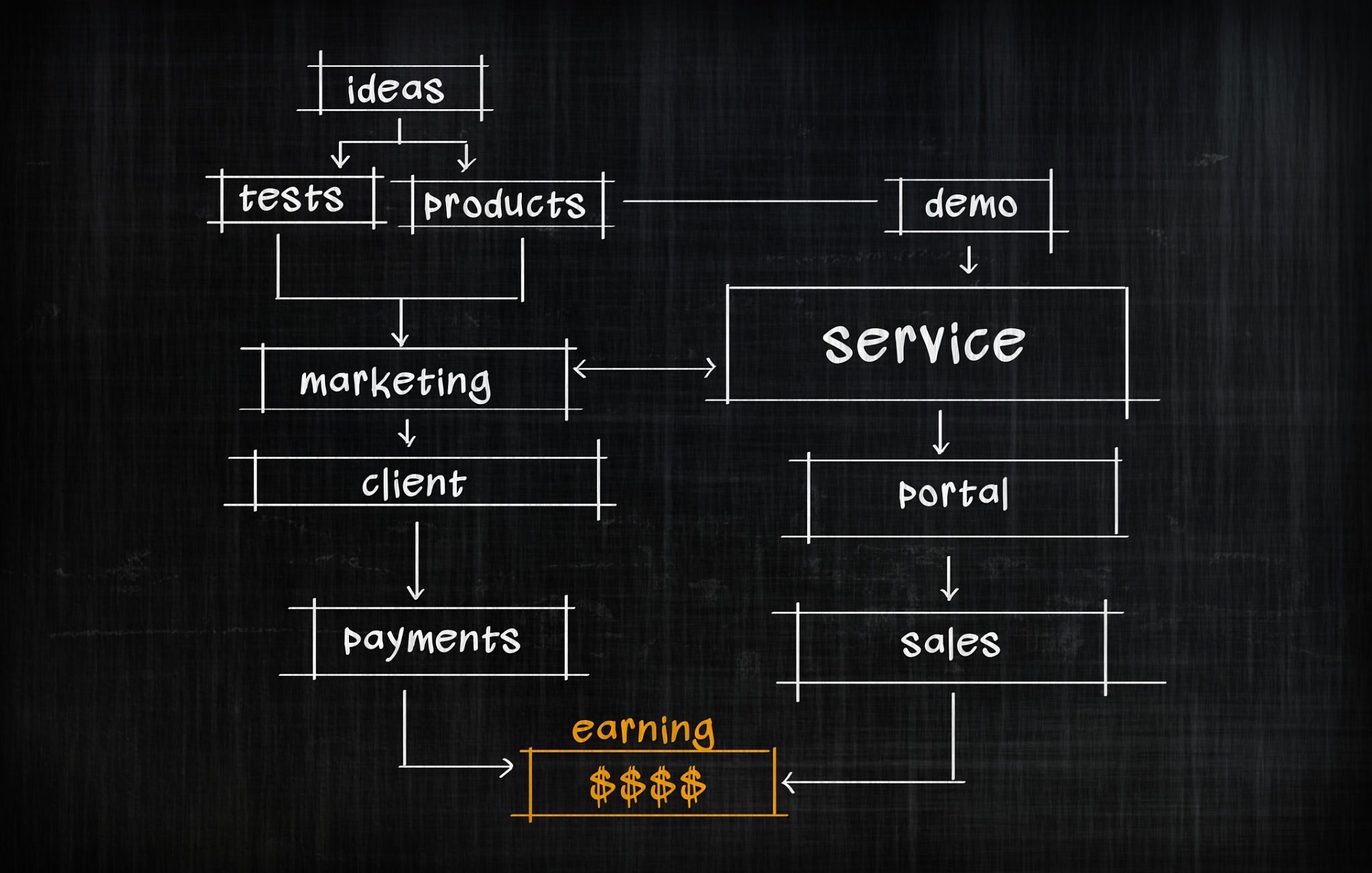How to Design an Effective Career Architecture for Growing Companies
Understanding Career Architecture
Career architecture is a strategic framework that outlines the progression paths and growth opportunities within an organization. It is designed to align individual career aspirations with the company's goals. This structure helps companies manage talent effectively, ensuring that employees are motivated and engaged while contributing to the organization's success.
A well-designed career architecture can lead to increased employee satisfaction, reduced turnover, and a more robust talent pipeline. It provides clarity on job roles, expectations, and progression paths, making it easier for employees to envision their future within the company.

Elements of Effective Career Architecture
To design an effective career architecture, companies need to consider several key elements. First, it is crucial to have clearly defined job roles and responsibilities. This clarity helps employees understand their current position and what is required to advance.
Another essential element is the mapping of career paths. These paths should be flexible yet structured, allowing for lateral and upward movement. Organizations should also identify key competencies and skills required at each level, providing employees with a clear roadmap for development.
Incorporating Competency Frameworks
A competency framework outlines the skills, knowledge, and behaviors needed for various roles within the company. It serves as a foundation for career architecture by helping employees identify areas for improvement and development. Implementing a competency framework ensures that all employees have access to the resources necessary to grow and succeed.

Creating Development Opportunities
Development opportunities are crucial for career growth. Companies should offer a variety of learning and development programs, such as workshops, online courses, and mentoring. These opportunities should align with the competency framework and be accessible to all employees.
Furthermore, organizations can encourage cross-functional projects or temporary assignments in different departments. These experiences broaden employees' skills and perspectives, preparing them for more significant roles within the company.
The Role of Mentorship
Mentorship programs play a significant role in effective career architecture. By pairing less experienced employees with seasoned professionals, organizations facilitate knowledge transfer and provide guidance for career progression. Mentors can offer valuable insights into industry trends, skill development, and personal growth strategies.

Leveraging Technology in Career Architecture
Technology can enhance the effectiveness of career architecture by streamlining processes and providing data-driven insights. Talent management systems can help track employee progress, identify skill gaps, and recommend personalized development plans.
Additionally, online platforms and digital tools can facilitate continuous learning and collaboration. By leveraging these technologies, companies can create a more dynamic and engaging career architecture that adapts to the evolving needs of both the organization and its employees.
In conclusion, designing an effective career architecture requires a strategic approach that aligns employee aspirations with organizational goals. By incorporating clear job roles, competency frameworks, development opportunities, mentorship programs, and technology, growing companies can create a supportive environment that fosters employee growth and drives business success.
